Reloading: Simple Answers on How to Get Started
OutdoorHub Reporters 09.06.17
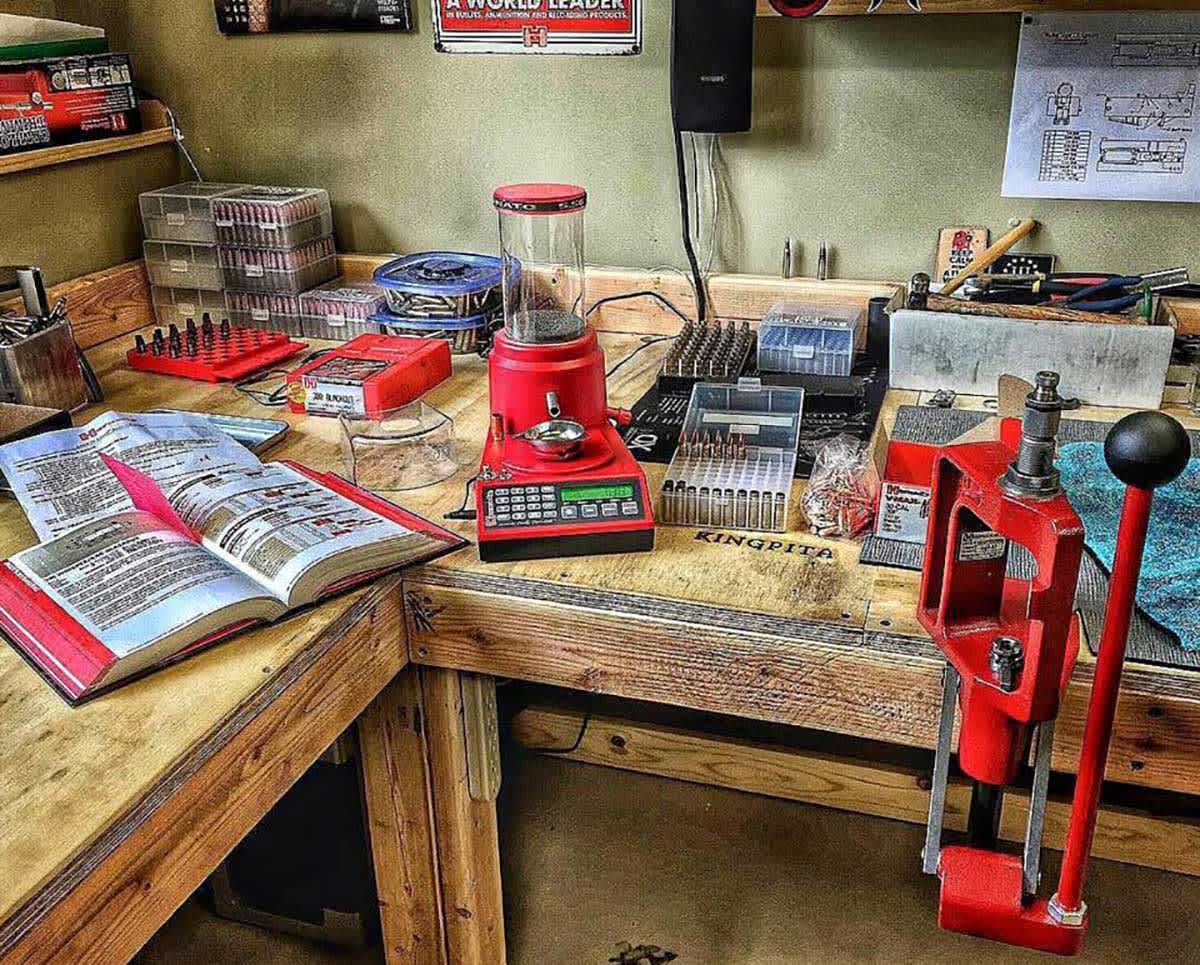
Like many hunters and shooters, you’ve probably considered whether it’s a smart investment — in time and money — to take the plunge and start reloading ammunition.
But where do you start? There is so much information online and elsewhere for you to read. And how do you decipher good vs. bad information? Hopefully this article can serve as a starting point on your reloading road to success.
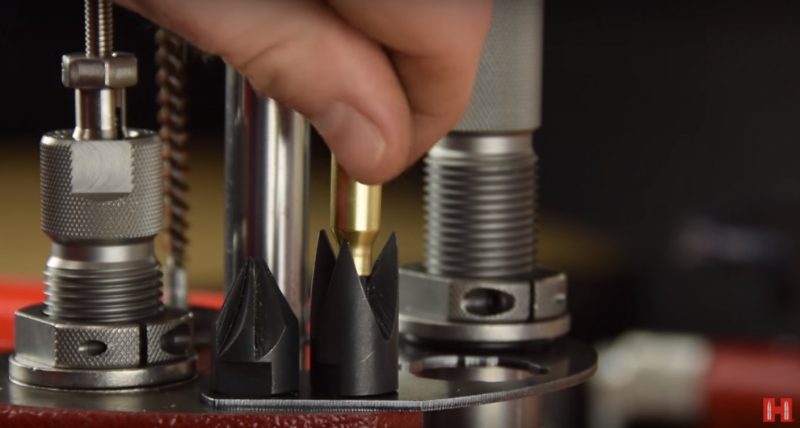
Why Reload?
Reloading is a gratifying hobby, and it can help reveal the true accuracy and full potential of your firearms. Simply put, reloading can provide a level of quality control and customization that just can’t be purchased over the counter at your local gun shop or big box retailer.
Don’t get me wrong — some companies specialize in making highly accurate competition-grade rounds, but they come with a high price tag, too. The cost simply reflects the level of detail, and the quality of the components, put into making the ammo. In addition, there’s the time factor for the companies, too. Anything really good takes R&D time on the front end, and those companies must charge for that investment of time and resources.
Let’s assume you’d like the best ammo money can buy, but rather than pay for it, you’re willing to invest your own time into the project. So, where do you start this process?
Step No. 1 is purchasing the correct reloading press for your needs. A progressive press can come with all kinds of bells and whistles, and it’s easy to find YouTube videos of DIY reloaders cranking out hundreds, if not a thousand, rounds per hour with such a press. A word of caution, however. These types of presses can be complicated to operate. I know the video hosts make them look easy and fun to run, but I learned a long time ago that when somebody makes something look too easy, I can almost guarantee you that it isn’t.
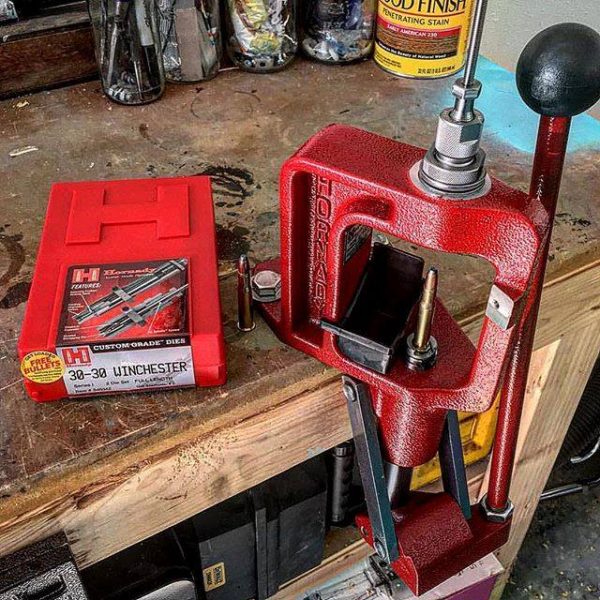
For the great majority of hunters/shooters who want to reload ammunition, the smart choice is a single-stage press. Two great ones are the Hornady Lock-N-Load Classic (above) and the heavier Lock-N-Load Iron Press (below). This tried-and-true, one-at-a-time approach enables you to witness each step in the reloading process. You get to feel the brass as it pushes through each of the dies. A single-stage press isn’t the fastest system, but I think the result is better at the end. With a progressive press, there could be four to eight steps in the process happening at once, and for many beginning reloaders, it’s simply too much to track and control.
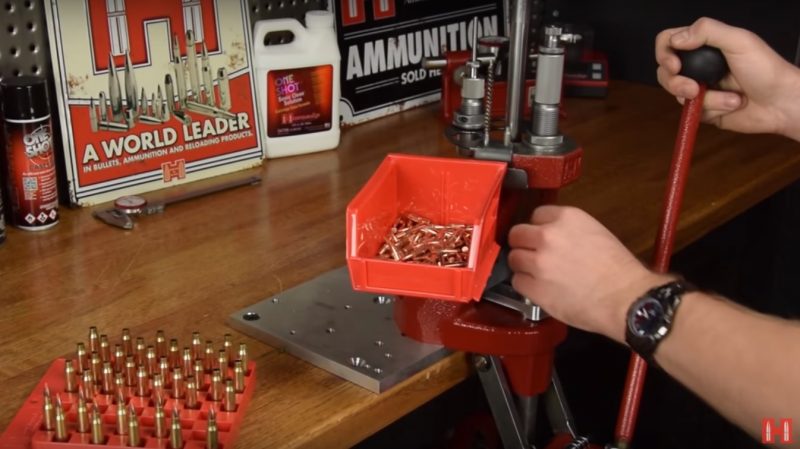
One final comment about purchasing reloading equipment: Sure, there’s a chance you can find top-notch reloading equipment at a garage sale, but you really need to know what to look for, and if you’re a beginner, the chance of that is close to zero. The same holds true for hand-me-down equipment from a neighbor you know only casually. Don’t take chances. I highly recommend buying a brand new single-stage press. Even better, purchase an all-inclusive reloading system such as the Hornady Lock-N-Load Classic Kit, which includes the press and just about everything else you need.

Hopefully I’ve convinced you on the benefits of a single-stage press, so step No. 2 is finding the best information on how to reload. Thankfully, manufacturers such as Hornady put out a reloading manual for their components. Think of it as a recipe book for everything imaginable when it comes to creating the best loads for your firearms. And especially important for beginning reloaders, the front of the handbook provides a comprehensive set of instructions on the subject. The Hornady Handbook of Cartridge Reloading (10th Edition) covers quite a bit of information, from setting up dies, to choosing brass and bullet combinations, to troubleshooting tips.
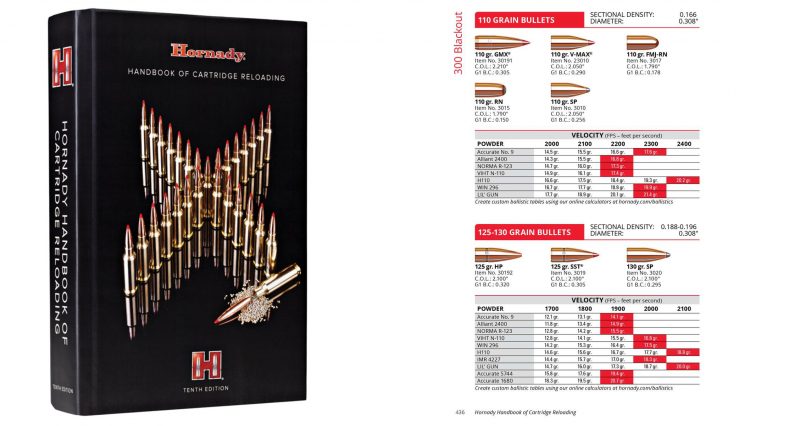
Think about this important question: Is it smarter to trust a manual provided to you by the manufacturer of the single-stage press and other reloading components, or a guy on YouTube who has no vested interest in your safety? I choose the manufacturer every time.
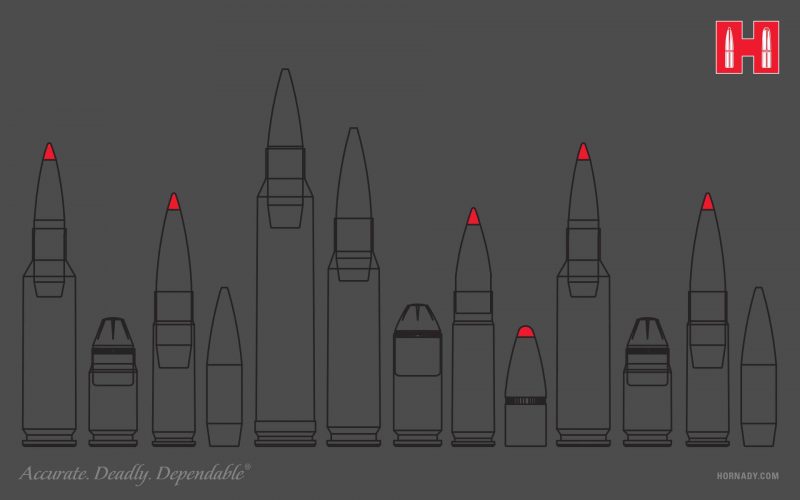
Cartridge Considerations
Now that we’ve decided on a single-stage press and a reloading manual, how do you choose which caliber to begin reloading? Perhaps you’re thinking: I want to reload ammo for the most expensive caliber rifle I own; that way, I can shoot it more!
Let me explain why that’s probably a poor idea. The ammo for that cartridge is expensive for a reason. Perhaps it’s tricky to load, which leads to a higher scrap rate for the manufacturer, and that cost gets passed along in the price of the finished product.
Don’t get me wrong — reloading those expensive cartridges and saving money on them is great, it’s just not the best place to start. Instead, consider something a bit more common, such as a 9mm Luger or 45 ACP, which are both great choices for learning to reload straight-wall pistol cases.
(I know that someone somewhere is mumbling under their breath about calling a 9mm a straight-wall case. I know Luger has a taper to it. However, for our purposes, it is a straight-wall case with a taper crimp. The case itself has no rim, and uses only a moderate crimp to close the case back up after receiving the projectile. This is in contrast to something like a 38 Special, which has a rim and uses a roll crimp to hold the projectile in place.)
So, thus far we’ve decided to start with a single-stage press and 9mm Luger (or similar other common cartridge). And hopefully I’ve convinced you that the best source for reloading data is from a reputable ammunition manufacturer and not a YouTuber. In fact, I highly recommend that you use three sources for your reloading data. Companies such as Hornady, Sierra, and Barnes all produce reloading manuals for their components, and it is a good idea to cross-check reloading data from a couple manuals to ensure best results.
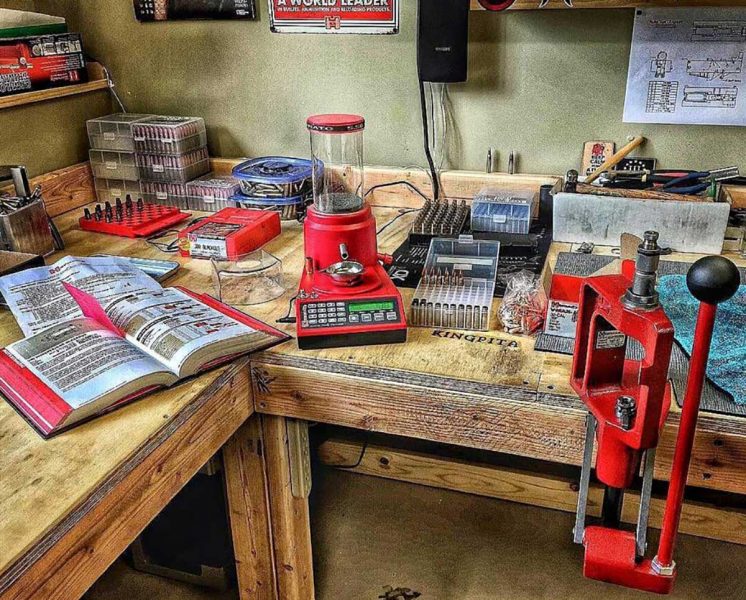
A word to the wise: Because you’re reading this article online, I strongly caution you to avoid reloading forums until you have a few thousand rounds under your belt. Most of the opinions you’ll find posted in these forums is conjecture, and you can find yourself in trouble by using the wrong information.
With this hobby, bad information can get you — or a loved one — hurt, so don’t cut corners, and don’t take chances. ALWAYS stick with reloading data from the manufacturers.
Always Ask Questions
One final bit of advice: Most if not all manufacturers of reloading components have some type of hotline or tech support you can call and ask questions. These guys have all the data, and they’re happy to share their knowledge to help you out. Simply take a look at the product you’re using, and there will be a 1-800 phone number or an email address for you to contact for support. Asking professionals can eliminate reloading problems down the road. There are no stupid reloading questions.
Now that you know where to get your data, and you have your recipe, and you have your single-stage press and components neatly assembled on the bench, you’re ready to reload, right? Almost.
Don’t try to do too much too fast; stick to the basics — i.e. what is in the manuals. Don’t try doing anything too fancy, or think you know more than the guy who wrote the manual. Be safe . . . and don’t invent your own recipe.
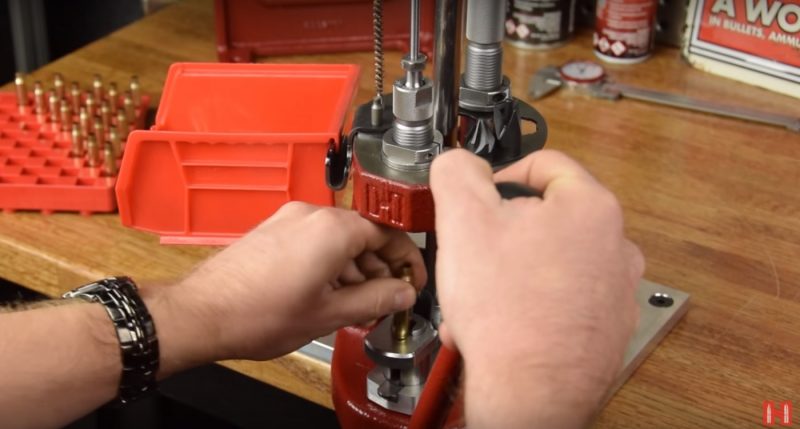
Reloading isn’t difficult, and the accuracy results with top-notch DIY ammo just might amaze you. It’s also a hobby that can be shared with your whole family. With proper supervision, kids can help with various stages of the reloading process, and they’ll benefit from hands-on learning. Then later, at the range, they can see first-hand how the ammo they built performs on paper or steel. Still later, they can put food on the table by tagging their first deer with a load they helped create.
Have fun reloading!

